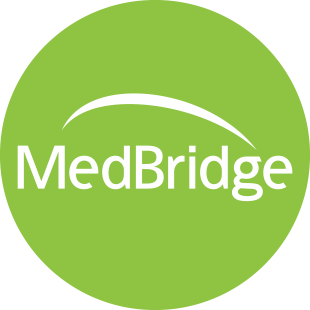MedBridge billing services focus on one primary objective – collecting more per case. As one of the first companies to offer revenue cycle services exclusively to ASCs, our level of expertise is unequaled. Our experienced professionals have extensive knowledge of payor responsibilities both in and out of network. We work with surgeons and their partners to improve dictation, often resulting in more billable codes and greater revenue per case.
So how do we do it? TEAMWORK.
Here’s how it works:
1. Patient schedules surgery at an ASC with their doctor’s scheduler.
2. Patient Services
- Once scheduled, the ASC sends the information to MedBridge to check the patient’s insurance benefits. MedBridge verifies insurance coverage and calculates the patient’s financial responsibility for the procedure. MedBridge contacts the patient about their financial responsibility.
3. Surgery happens and the doctor dictates the case.
4. Coding
- MedBridge billing receives the transcribed dictation report from the doctor and sends it to coding.
5. Billing
- Billing receives the returned codes and is able to generate a claim for the surgery. The claim is then sent to the patient’s insurance company for processing. Insurance processes the claim and sends payment or correspondence to MedBridge Accounting.
6. MedBridge Accounting
- MedBridge Accounting receives the payments from insurance companies and applies it to the patients’ account. If insurance has completed their payment, any remaining balance is forwarded to Patient Accounts to follow up with the patient. If more is due from insurance, the remaining balance is forwarded to Accounts Receivable to follow up with insurance.
6. Accounts Receivable
- MedBridge Accounts Receivable follows up on any cases that have not received full payment from insurance. Once Accounts Receivable collects from insurance (or exhausts all efforts) the case is either closed if the patient portion is complete or given to Patient Accounts to follow up with the patient.
7. Patient Accounts
- MedBridge Patient Accounts completes the Revenue Cycle by collecting any remaining balances from the patient. Once the account balance for each patient (from both insurance and the patient) is equal to zero, the case is closed.

